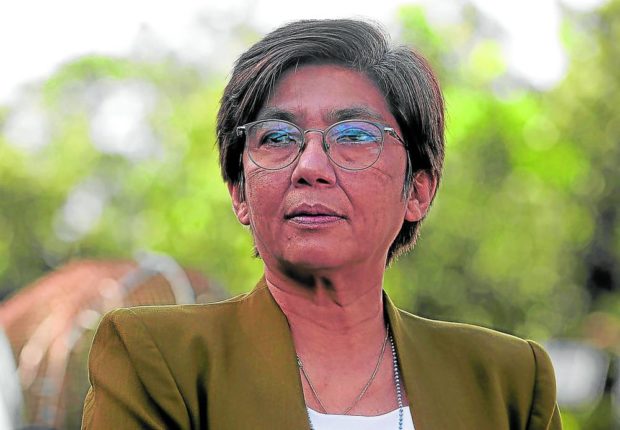DOH: PH still in COVID-19 emergency phase
MANILA, Philippines — The Philippines is still not out of the emergency phase of the COVID-19 pandemic despite the “manageable” situation of cases and hospitalizations being kept to a minimum despite the many in-person gatherings over the holidays.
In a press briefing on Tuesday, Maria Rosario Vergeire, officer in charge of the Department of Health (DOH), said that recent case trends, which have been either plateauing or declining, could not be considered “no longer [in] an emergency [status].”
“We know the virus crosses borders and we are not really certain at this point if new variants in other countries will not enter the country,” she added.
But she clarified that there was no need for tighter policies just like in the first two years of the pandemic when the government had to resort to lockdowns to prevent COVID-19 from spreading.
“We will be guided by the WHO [World Health Organization], but here, we can see that our cases are already manageable and our citizens have adopted the good behavior of wearing masks,” Vergeire said.
Article continues after this advertisementHer statement was consistent with the WHO emergency committee’s recent decision to maintain the global health emergency status of COVID-19 amid a sharp rise in deaths worldwide in recent weeks as well as the continued threat of emerging variants.
Article continues after this advertisement‘On a plateau’
Within the past eight weeks, more than 180,000 deaths have been recorded globally, it noted.
WHO director-general Tedros Ghebreyesus, however, noted that the health crisis was “probably at a transition point” and it would be advisable for health authorities to “navigate the transition carefully” while mitigating possible negative consequences.
In the Philippines, the latest data from the DOH on Jan. 29 showed that COVID-19 cases in Visayas and Mindanao remained “on a plateau,” and “on a low downward trend” in the rest of the country.
Severe and critical as well as intensive care unit admissions were also plateauing after experiencing a slight increase in recent weeks.
Vergeire, meanwhile, said that she has had a change of heart and was now ready to take over the DOH top post despite some remaining hesitancy.
“For the past six months, I experienced going on the ground, interacting with different [groups], and working with people on the ground, and I’ve seen a lot of things [that I can change] and opportunities that I can lead reforms with,” she told reporters.
She said she was planning to talk to the President about her decision. “I will be the one who will tell him this. I will discuss this with him,” Vergeire added, noting that she has “reached that point” where she felt she could “really be of help” to the country.
A career executive for nearly three decades, Vergeire earlier expressed reluctance over assuming the DOH secretary post because it would put at risk her security of tenure. A DOH secretary has a term of only six years.
“I want to serve until I retire,” she said in October when asked about the possibility of finally being appointed as health secretary. Her current designation is health undersecretary and spokesperson for the DOH.
According to Executive Order No. 292 of 1987, department undersecretaries like Vergeire are classified as “career executive service” officials whose mandatory retirement age is 65.
